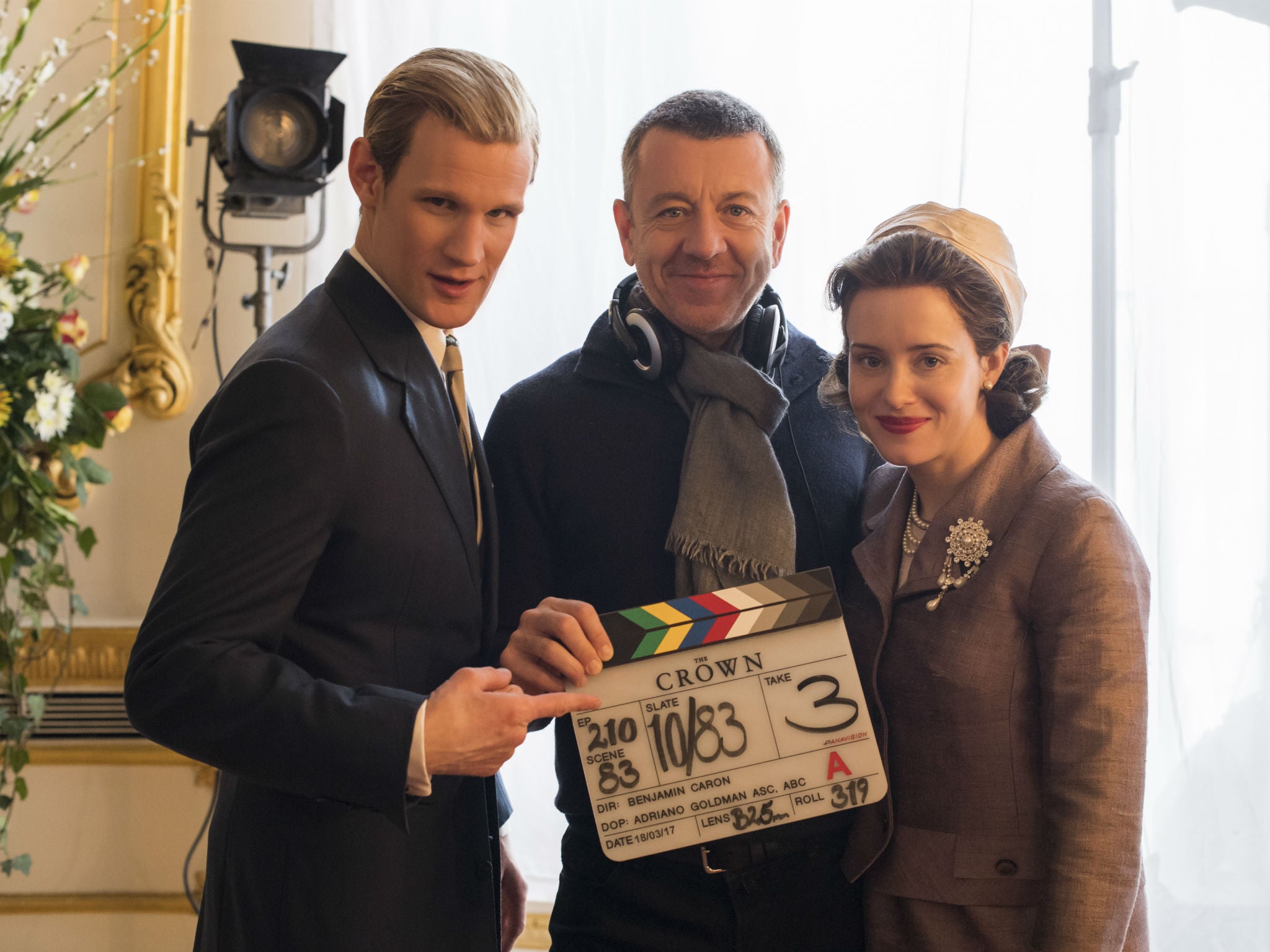If Claire Foy was paid less than Matt Smith to play the Queen what chance do the rest of us have?
If we base actors’ salaries on their past roles, rather than the demands of their current ones, men will still, invariably, come up trumps. Sure, we’ve got a female Doctor now, but when Matt Smith was cast, Dr Who had essentially been a long-running sausage fest


In the latest gender pay gap scandal, it has been revealed that Claire Foy, who gave a Golden Globe-winning performance as Queen Elizabeth in Netflix’s The Crown, earned less than her co-star Matt Smith, who played the Duke of Edinburgh.
This disparity has prompted mass outrage, partly because this specific instance of unequal pay feels unusually clear-cut. Whilst with other TV shows it might be possible to spin a tale about the male character actually being the more significant and demanding role, in this case people have been able to adopt the straightforward argument: “She was The Crown.”
The fact that Foy played – and nailed – the titular role in The Crown makes her smaller pay packet a prime example of gender inequality and discrimination in the media.
Many have justified Matt Smith’s higher salary because his Dr Who fame meant he was a bigger star than Claire Foy, who’d acted in the BBC’s Wolf Hall before playing Queen Elizabeth.
But even if we choose to believe that Matt Smith’s pay packet had everything to do with his resume and nothing to do with his gender, the system of paying actors based on their previous roles will continue to perpetuate gender inequality, whether or not this is the intention.
If we base actors’ salaries on their past roles, rather than the demands of their current ones, men will still, invariably, come up trumps. Sure, we’ve got a female Doctor now, but when Matt Smith was cast, Dr Who had essentially been a long-running sausage-fest.
A graph circulating social media compares the proportion of words spoken by male and female characters in a list of best-picture winning films, and the results are telling. It show us just how many more opportunities men are given to excel and impress within the media, whilst female parts tend to be smaller and fewer.
It’s obviously not only white women who will suffer as a result of this practice; actors of colour will receive reduced wages and female actors of colour will struggle the most. If we look at how few lead roles there are available for non-white actors, we can imagine how producers will be able to justify paying their BAME cast members less than their white co-stars, who will have had so many more opportunities to play great parts.
We need to use the Claire Foy case to think about the universal implications of the pay gap, and the dangerous, roundabout ways in which it might be justified.
We need to disregard the sophisticated rhetoric used to convince us that Matt Smith’s beefier salary had nothing to do with his gender, and instead look at the ways in which privilege (be that the privilege of being male, white, able-bodied, straight, cis, etc) helps people at every stage of their career.
One human is not simply worth more than another; we should be paid for the job we do. And, I think all the avid Crown-watchers would agree, Claire Foy did an excellent job.
Join our commenting forum
Join thought-provoking conversations, follow other Independent readers and see their replies
Comments